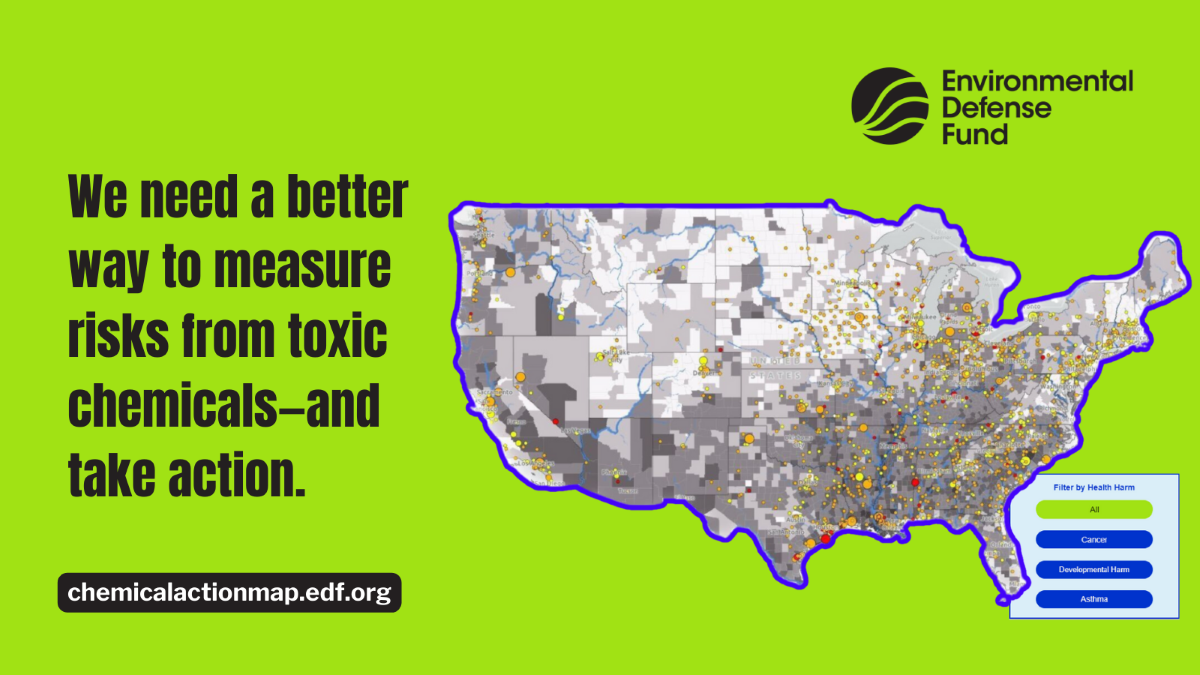6 years in the making: A new and improved snapshot of U.S. chemical manufacture
Richard Denison, Ph.D., is a Senior Scientist. Alissa Sasso is a Chemicals Policy Fellow.
Well, it’s finally hit the street: Today, the Environmental Protection Agency (EPA) released information on the manufacture and use of nearly 7,700 industrial chemicals in 2011. The data were collected last year under a revamped Chemical Data Reporting (CDR) program, and is the first update of such information since way back in 2005, the year of Hurricane Katrina and Star Wars Episode III.
In releasing the data, EPA Administrator Lisa Jackson noted: “The CDR data also highlight the clear need for TSCA reform. Updating this critical law will ensure that EPA has access to the tools and resources it needs to quickly and effectively assess potentially harmful chemicals, and safeguard the health of families across the country.”
Getting even to this point has been a long and bumpy road. Just getting from the proposed to a final CDR rule took over 16 months, with EPA having to endure not one but two nearly six-month regulatory reviews by the Office of Management and Budget and the chemical industry’s efforts to delay and dilute the rule. It then took another year for EPA to collect the data, in no small part thanks to repeated efforts by the chemical industry and its allies in Congress to further delay the program.
Finally, it’s taken EPA six more months to compile and process the data in preparation for today’s release – though that’s a decided improvement over the 21 months it took EPA to release the data collected in the last cycle (the faster pace due in part to a requirement this time around for electronic reporting, a feature the chemical industry and its Congressional allies opposed).
So what do the new data reveal? EPA has provided some nice summary materials, which we won’t duplicate here. See especially the table on this page. We’ll have more to say on this as we further analyze the data, but here are a few important things to note:
- While 7,674 chemicals were publicly reported, these are limited to those being produced in or imported into the US in 2011 at volumes above the reporting threshold of 25,000 pounds per year per site.
- The count excludes the likely much larger number of chemicals produced or imported at volumes below the reporting threshold, as well as the many chemicals exempt from reporting, such as most polymers.
- Nearly 33,000 “records” have been made available by EPA. Each record represents a single chemical reported by a single site of a company producing or importing that chemical.
- In contrast to EPA’s reporting in the last cycle, a record for every single chemical-single site combination has been provided even if the information provided in the record is confidential business information (CBI). In this way, the extent and nature of CBI claims is far clearer than was the case in the last cycle.
- Extent of CBI claims: Of all of the reported elements in these records that could potentially have been claimed CBI, about 16% were so claimed. But that percentage varied a lot among the elements.
- For 624 records (about 2%), the chemical identity was not provided and instead replaced with a unique identifier called an accession number. These are new chemicals that are listed on the confidential portion of the TSCA Inventory, which are the only chemicals for which EPA allows chemical identity to be claimed CBI.
- For 3,420 records (10.4%), the company claimed its identity to be CBI.
- For 9,686 records (29.4%), the company claimed its domestically manufactured production volume to be CBI.
- For 10,351 records (31.5%), the company claimed its exported volume to be CBI.
More to come, so stay tuned!












